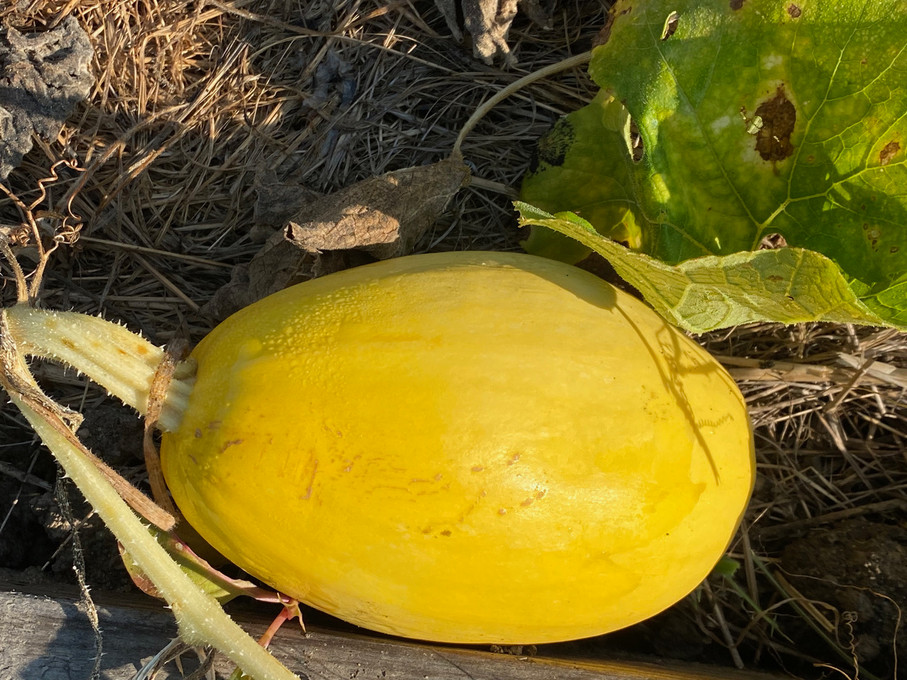
When to harvest winter squash
Posted by Seeds from Italy on 9th Aug 2021
Winter squash and pumpklns require a large investment of garden space and time, but reward the gardener with sweet, delicious, vitamin-rich fruits that hold well into fall and winter. For a successful crop, you must harvest them when fully ripe. Harvest them too soon, and you will be disappointed.
So how do you know when it’s time to harvest your winter squash and pumpkins? There are several clues to maturity:
- Most heirloom varieties take 100 to 120 days from direct seeding in the garden. So around three months after you planted, start checking them regularly.
- About 60 days after you see a fruit starting to develop at the base of a flower, you are getting close.
- When the rind color deepens to the shade shown on the seed packet, and the skin looks dull, not shiny, you are getting closer.
- When the skin hardens enough that you can’t scratch it with your fingernail, you are really close.
- When the stem looks dry and woody, if the above indicators are in your favor, it’s okay to harvest.
The spaghetti squash in the photo above is about two weeks away from maturity. The color isn't dark enough, the skin is still shiny and soft, and the stem is not dry and woody.
If the vines are still healthy, there is no rush and the timing is less critical. Just be sure to harvest before heavy frost. If the plants have disease or insect problems, or the leaves have begun to die back, you may want to get them out of the garden as soon as they appear to be ripe.
To harvest, cut the fruit from the vines with pruners, leaving 2-3 inches of stem attached to the fruit. Handle them gently because any bruises or cuts will reduce their storage life. If they are dirty, wipe them with a dry cloth — the idea from this point onward is to let them dry out, so don’t wash them.
For best flavor and storage ability, winter squash need to be cured for 10-20 days. Curing simply means letting them sit so that they dry thoroughly and the skins harden. As they dry, the sugars inside become more concentrated, so eating quality improves.
In moderate, sunny weather, you can cure them on the ground in the garden but if it’s hot or rain is predicted, move them to a protected location with good air circulation. The ideal temperature for curing is 85° — but if that’s not available, try to find a space that’s a little warmer than the typical air conditioned house such as a closet or porch.
After curing, they can be stored in a cool location, ideally 50-55* with good air circulation and humidity between 50 and 75 percent. Again, that’s an ideal that may not exist in your house, so get as close as possible. Winter squash and pumpkins will store dry for several months. Store them in a single layer, not touching one another. Check them often and remove any that develop spots and use immediately.
Winter squash and pumpkins also can be cooked and frozen for even longer storage. Truly a superfood, full of vitamins, minerals, fiber, and carotenoids, winter squash and pumpkins will help you eat well long after your garden is done.
